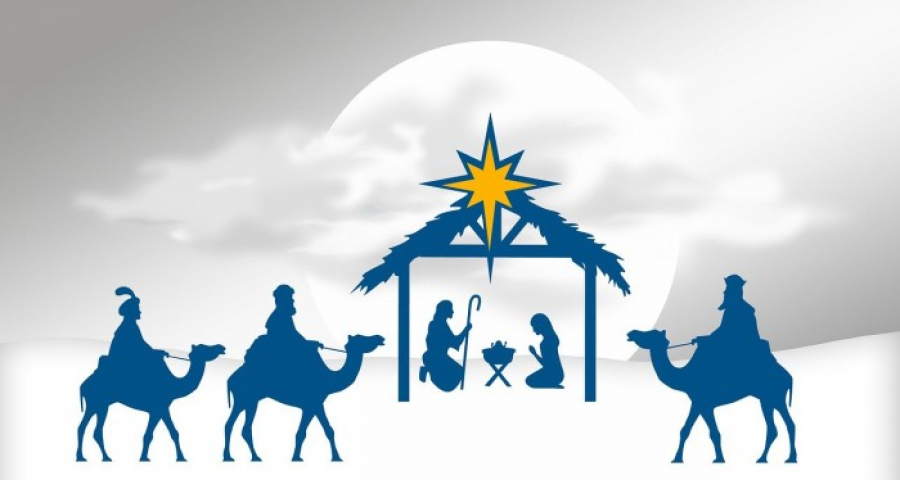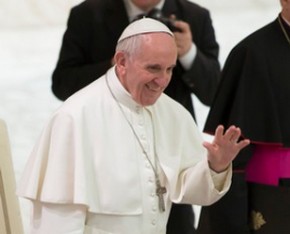The nativity scene is a symbol of children, family, relationships, work, poverty and communion, which were also the signs of the Christian Christmas. These values are opposites to those of the new consumerist Christmas, which is based on the individual.
by Luigino Bruni
published in Messaggero di Sant'Antonio on 03/01/2025
At great moments of any change of era and civilisation, tragedies and farces intertwine and often are confused with each other. We have witnessed, this year as well, the unbearable controversy over nativity scenes in schools and public places, because, according to some opinion leaders, they offended children and people of other religions; only to discover, thanks to a few chats with people, that those who belong to other religions did not mind the nativity scene at all. Instead, the resentment was felt by our ideologically minded intellectuals engaged in a relentless struggle to destroy the last vestiges of Christian tradition and historical identity. As if the nativity scene was only or above all a matter of the Christian religion, and not instead a mixed reality made up of a child, a hut, sheep, shepherds, peasants, donkey, ox, angels, tinfoil lakes, sophisticated mechanisms to operate wells and waterfalls, fires, lights, nights, the shepherd Benino sleeping, even Maradona and Sinner. We have always loved and still love the nativity scene because it is where we have learnt to represent life and got to see our people, their love.
All things that, for our ‘Solons’, are really very violent and offensive. In fact, we should say that what is really bothering to our time is the nativity, a representation all built around a baby, a mother and a father, in a world that no longer makes babies, and therefore dislikes anything that reminds us of them because we feel it is a judgement on our life that is not generous enough to risk bringing a child into the world. Furthermore, we are forgetting that the nativity scene is part of the Franciscan tradition, a gift from Saint Francis of Assisi, who wanted to represent the birth of the Lord in Greccio eight hundred years ago. And it was born as a living nativity scene, as the present time of life, of nature, an expression of that cosmic fraternity and equality of all living creatures that is so much desired today, everywhere, but not in the nativity scene.
The systematic destruction of all traces of our Christian heritage means, moreover, destroying the last bridges that connect young people with the understanding of art in our cities, in churches and in museums, where the paintings and statues are for the most part inspired by the Bible and Christianity; that art that today is still keeping a good part of our economy alive, and that will no longer do so when most of our cultural entrepreneurs have lost all the Christian symbolic codes.
This is the tragedy. But there is also the farce. The same intellectuals, while criticising the crib, are almost always silent in the face of the transformation of Christmas into a feast commanded by the new consumerist religion. A month of mass shopping, opened by Black Friday, which to our observers is far less annoying than the little nativity scene, the icon of sobriety and poverty.
So we should understand that the real conflict is a conflict of civilisations. The nativity scene is a symbol of children, family, relationships, work, poverty and communion, which were also the signs of the Christian Christmas. Values opposed to those of the new consumerist Christmas, which is based on the individual, on wastefulness and increasingly on self-gifting that has taken the place of the gifts to others. In history, the occupation and transformation of the existing holidays has always been the definitive act of the advent of new religions. But our intellectuals, who are too busy criticising the crib, do not notice this. And the new consumerist and nihilist cult advances, ever more undisturbed. Happy New Year!
Credit Foto: © Image by Gerd Altmann from Pixabay








